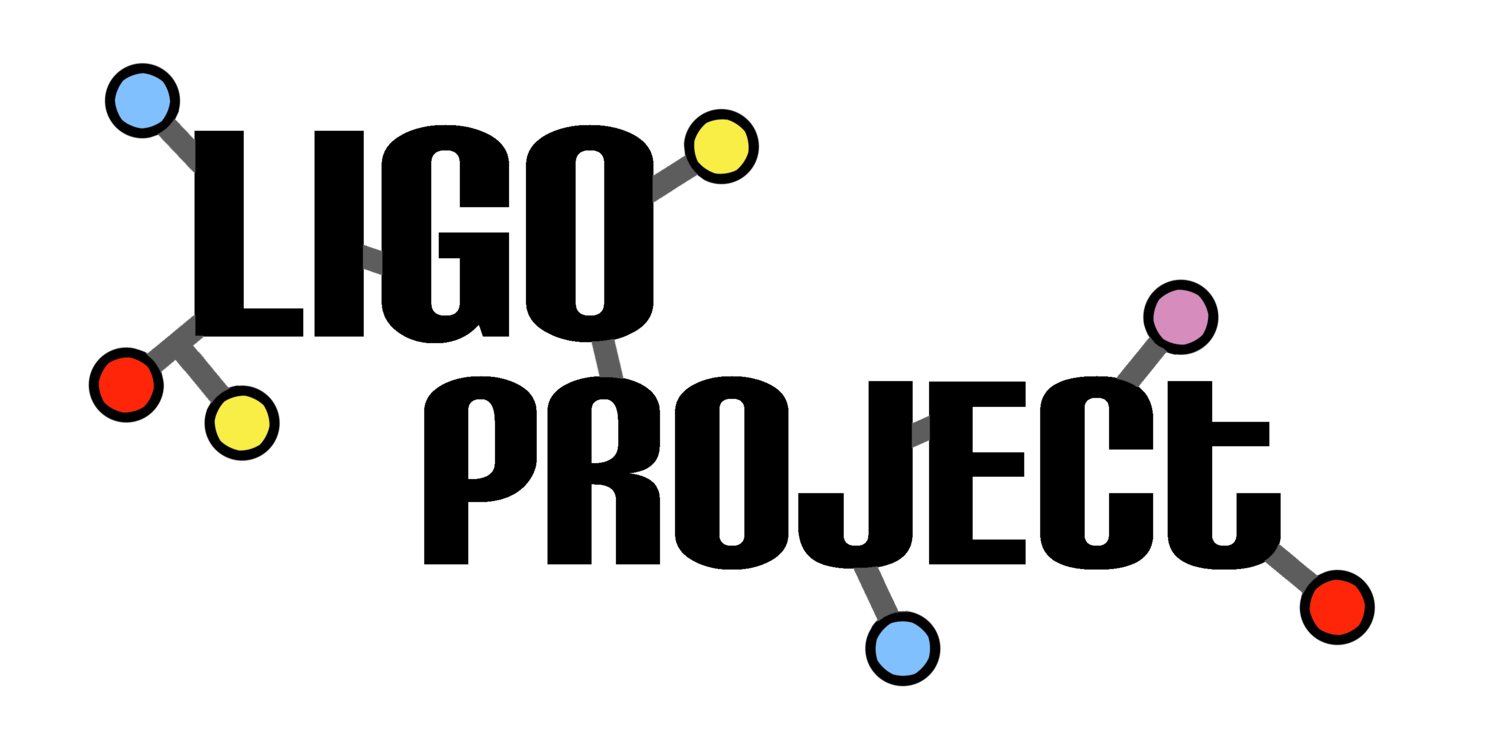Geometry as an entry point into science
/Featuring
- Mande Holford (Biochemist)
- Jackie Lima (Painter / Sculptor
Overview
"We're looking for new therapies for treating pain and cancer," says Mande Holford, Director of the Holford Lab at Memorial Sloan Kettering Cancer Center. Other labs have similar goals but what's unique about the Holford Lab is where they're looking - in venomous marine snails.
Venomous snails, also known as cone snails, are carnivorous. They eat worms, small fish, molluscs and other cone snails. They release their venom through a harpoon like tooth. Depending on the species, getting stung by a venomous snail is equivalent to a bee sting and can even be fatal.
But what makes snail venom extra special is that it has compounds that allow scientists to study how cancer cells spread and they can also use the venom to learn how pain signals are suppressed.
Before they can do that, scientists have to first go out in the field and collect the snails and then dissect out the venom glad. They then extract the compounds that are inside the gland for identification. Once they've identified the compounds, they run a series of experiments to figure out what each of the compounds do. When they find one that looks promising for cancer research, they look at what it's interacting with, what it's shape is (because shape impacts function) and try to understand its mechanisms. The lab is currently studying a peptide they found that seems to be very good at preventing liver cells from proliferating.
Holford sees the beauty of it all. "These snails we work with, their shells are spectacular and have been collected for centuries because they’re beautiful." That's why shells are often used as an "access point to talking about the science," with the public.
"We can tell the beautiful story of how snails not only evolved and how the shells are gorgeous, and now they’re also giving us these potential therapies for human ailments. It’s a nice arc, how humans and nature are co-existing and we need each other to survive — especially now when there’s species extinction and loss of biodiversity."
In a similar way, Jackie Lima, a painter and sculptor, connected with her experience at the Holford Lab. From the beginning, Lima was fascinated with the lab's process, the visual representations of their data, the concept drawings that researchers use to clarify their process and communicate ideas and the DNA strips they use to study the venom compounds. There was a beauty to it.
After being shown the shape of one of the peptides isolated from the venom, Lima said, "I simply could not get this peptide ribbon out of my head."
It's shape resonated so much with her that it became the focus of her work. She created an aluminum sculpture that she modeled off that peptide and then painted it with depictions of the lab's activities, as it winds through its processes and concepts. "My work has always addressed science -- certainly geometry and perspective," Lima said
In a way, the painted sculpture parallels Holford's snail shells - an artful winding structure that acts as an access point to to talk about science.
Bios
Jackie Lima
http://colophon.com/seaportdistrict/fedhall/lima.html
http://www.emerzingstars.com/wp-content/uploads/2015/03/4-JACKIE-LIMA-8000-MILES-2014-1024×611.jpg
Jackie is a renowned artist, art educator, curator and lecturer. Her paintings and drawings were accessible throughout the 80’s at the Blue Mountain Gallery, NYC. Her work has been reviewed for the New Criterion by Jed Perl and published in his subsequent book Gallery Going: Four Seasons in the Art World. She often paints on spherical and other 3-Dimensional forms. Her work is involved with “experimental perspective” – looking at the world in different ways to experience the phenomenon of BEING in existence. That experience creates the forms she works with. She paints on strips, rings and spheres to learn more about the nature of being in and moving through 3-Dimensional space. She teaches classes at Fairleigh Dickinson University – the “Global Art World” and “Global Issues” – was also Director of the University College Art Gallery on the Metropolitan Campus for 15 years
Mande Holford
http://www.hunter.cuny.edu/chemistry/faculty/Holford/Mande
Mande is a Biochemist interested in the discovery and characterization of bioactive peptides from marine organisms. Her lab applies inventive tools from chemistry and biology to: (1) discover disulfide-rich peptides from venomous sources, (2) develop high-throughput methods for characterizing structure-function peptide interactions, and (3) deliver novel peptide targets to their site of action for therapeutic application. Her lab uses a ‘learn from nature strategy’ to discover novel peptides from venomous marine snails that could be used to manipulate cellular physiology pertaining to pain and cancer. Our research program is interdisciplinary and collaborative, focused on peptide biology and evolution, with impacts ranging from evolution and molecular systematics to nanotechnology, biomedicine and drug discovery.


